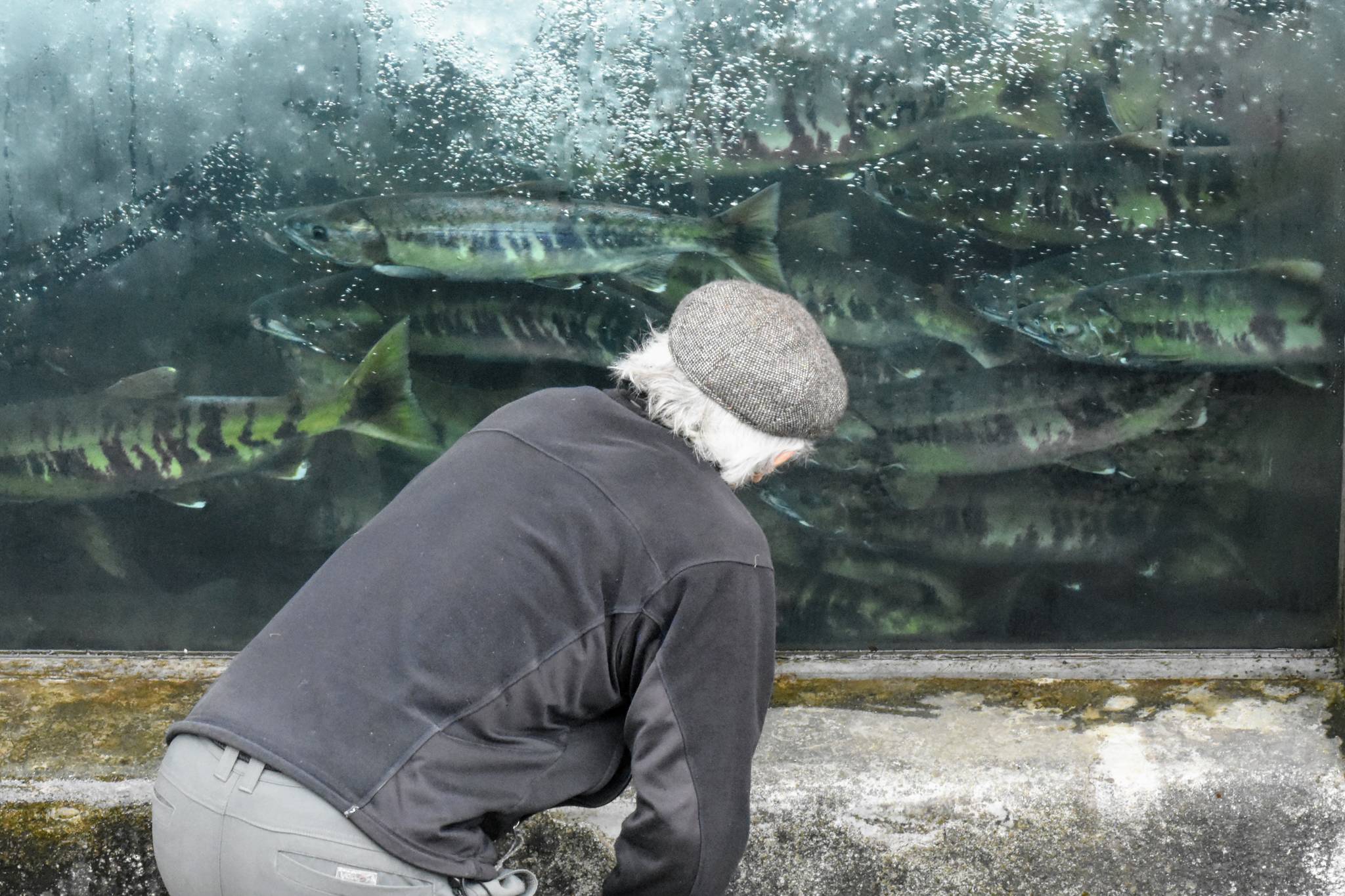Fisheries in Bristol Bay are seeing record-setting salmon returns this summer even as salmon returns in Southeast are less promising, though some of the region’s multiple species have yet to begin their return according to Alaska Department of Fish and Game biologists.
Through Tuesday. the state had recorded 63.2 million fish in the Bristol Bay, according to Tim Sands, area biologist with the Alaska Department of Fish and Game, past the previous record of 62.9 million.
“It’s just a little bit over, and it’ll keep going,” Sands told the Empire in a phone interview. “It’ll probably end up over 64 million.”
About 350,000 fish were reported Tuesday, Sands said, even as the season was winding down. But Sands said there would be people fishing until the middle of August and he expected another week of high returns. The forecast only predicted about 54 million fish according to Sands, but the Bristol Bay fishery has been doing well recently.
“For the last five or six years we’ve had really strong runs all over Bristol Bay,” Sands said, adding that yearly averages have increased in recent years.
Environmental groups put out statements Wednesday arguing the strong returns demonstrate the importance of protections on the land and water. Critics of the controversial Pebble Mine project have long cited the potential threat the mine could pose to Bristol Bay’s fisheries.
Indoor DIPAC exhibits to remain closed for summer
“This year’s record-breaking return is the result of this careful stewardship,” said Alannah Hurley, executive director of United Tribes of Bristol Bay. “Our lands and waters must be protected so future generations can continue our way of life and Bristol Bay can remain the salmon stronghold for the planet.”
Hurley called on the administration of President Joe Biden to enact environmental protections that would end the threat of large-scale mining projects like the Pebble Mine.
The Bristol Bay fishery is largely sockeye salmon, said Troy Thynes, a regional fish management coordinator with DFG, but Southeast sees several kinds of salmon return at different times. Thynes told the Empire the region’s king salmon return was mostly finished, and said restrictions were in place early in the season as the region was experiencing a down-cycle of king salmon returns.
Returns for sockeye and chum salmon have been poor too, according to Thynes. Most of the chum salmon in the region is hatchery-produced, Thynes said, and the returns so far are better than last year but still below the larger returns of the recent past.
“Pink comprises the majority of the salmon caught in Southeast, it’s primarily wild stock,” Thynes said. “We’re looking at a much better run (for pink salmon) than last year, which is certainly good. It can’t get much worse than what last year was.”
Last year saw a combination of poor fish returns in Southeast and depressed prices due to the COVID-19 pandemic. The Peter Pan Seafood Company announced Wednesday it was raising its base price for sockeye salmon to $1.25, saying in a statement the increase demonstrated the company’s commitment to harvesters.
Thynes said prices being paid for all species of salmon are up, and that coho salmon generally return in the fall, but it was too early to make predictions about those returns.
• Contact reporter Peter Segall at psegall@juneauempire.com. Follow him on Twitter at @SegallJnuEmpire.

